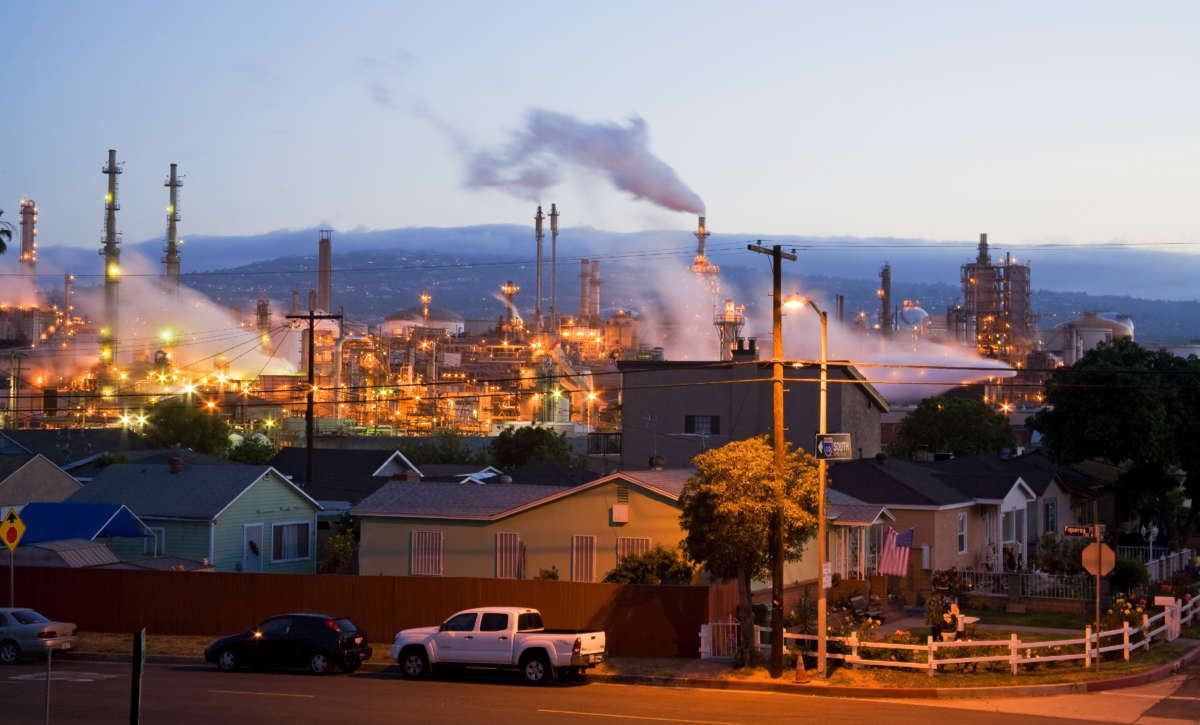Because the COVID-19 pandemic caused a massive economic slowdown, experts had hoped that the decline in transportation and manufacturing might slow greenhouse gas emissions at least a little.
Unfortunately, a new report by the National Oceanic and Atmospheric Administration (NOAA) reveals that one of the major gases behind climate change has reached its highest level in 3.6 million years.
The NOAA reports that the average amount of carbon dioxide (CO2) in the atmosphere was 412.5 parts per million (ppm) in 2020, an increase by 2.6 ppm through the course of the year.
Climate scientists generally agree that in order for life on Earth to be minimally interrupted, Earth’s carbon dioxide levels should remain under 350 parts per million. Yet since NOAA begin recording atmospheric composition data in 1960, there has not been a year in which carbon dioxide levels in the atmosphere did not increase.
Likewise, in 2020, overall carbon dioxide emissions increased at the fifth-highest rate in the 63 years that NOAA has been recording. It was only surpassed by the rates of increase in 1987, 1998, 2015 and 2016.
A senior scientist at NOAA’s Global Monitoring Laboratory, Pieter Tans, said that if there had not been an economic slowdown, it would have been the highest increase on record. As things current stand, the carbon dioxide levels in the atmosphere are at a point comparable to the Mid-Pliocene Warm Period, when the temperature was 7 degrees hotter and the sea level was roughly 78 feet higher than today.
Another organization, Scripps Institution of Oceanography at UC San Diego, released similar results on Wednesday, announcing that carbon dioxide in the atmosphere was 417.4 ppm at their monitoring station in Hawaii.
The NOAA also reported a “significant jump” in the atmospheric burden of methane in 2020, with the annual amount increasing by 14.7 parts per billion (ppb) in 2020. Not only is this the biggest jump since methane levels began to be systematically measured in 1983, but it is also troubling because of how effective methane is at trapping heat. Although there is much less methane than carbon dioxide in our atmosphere, it is 28 times more potent at trapping heat over the course of a century.
Still, the COVID-19 lockdowns had a minor effect on emissions.
“The estimates vary among the different groups doing these sorts of calculations, but the consensus seems to be about a 7% decrease [in greenhouse gas emissions] relative to 2019 levels,” Dr. Michael E. Mann, a distinguished professor of atmospheric science at Penn State University, wrote to Salon in December.
If climate change is not halted and/or reversed in the near future, experts agree that there will be serious and negative repercussions for all life on Earth, including humans. There will be an increase in extreme weather events like hurricanes and blizzards, an increase in the amount of wildfires and a reduction in the amount of land that can be used to produce food. All of this will lead to fierce competition for resources and mass population displacements, even as an increasing amount of the world’s surface either too hot or too dry to be inhabitable.
President Joe Biden has said that he will prioritize fighting climate change in his presidency. Shortly after taking office, he said in a statement that “environmental justice will be at the center of all we do.”
Media that fights fascism
Truthout is funded almost entirely by readers — that’s why we can speak truth to power and cut against the mainstream narrative. But independent journalists at Truthout face mounting political repression under Trump.
We rely on your support to survive McCarthyist censorship. Please make a tax-deductible one-time or monthly donation.
